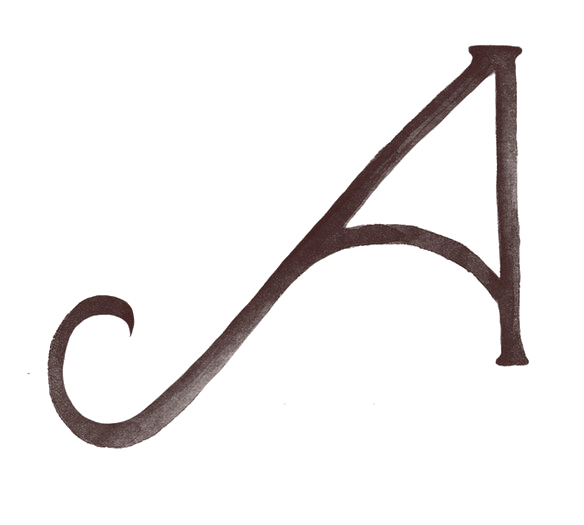Write what you know - yes or no?
Illustration by Bettina Kaiser for 'The temptation of Ludovico Carracci'
Richard Holt is an experienced writer, editor and story coach with us here at ASTT, and tonight is launching his collection of short stories 'What you might' find through Spineless Wonders. We asked him a few questions about his process of writing the book.
What’s your opinion on ‘write what you know’?
‘Write what you know’ only gets you so far. In fiction you have a responsibility to write beyond what you know.
You can flip it around. It’s more about knowing what you write. And you can learn that, or you can create the worlds, and you can understand those. And because they’re fictional and you know them, then you can write.
So you have to put the work in to make those fictions, characters, plots and things – you have to work those a bit harder.
For instance The Temptation of Ludovico Carracci is set in the Renaissance, but my model is reality television. It’s a competition between two women within that kind of closed environment for a prize… the prize changes, the prize becomes the relationships, but the prize really is a version of fame. I had a model and then I just fictionalised it in a Renaissance setting.
How do you get into another headspace?
Because it’s often character-based, it’s really listening to the sounds of the dialogue. If you can get the dialogue voice right you’re halfway there.
That will give you character – your characters often give you parts of your story. In Red Line I created a situation with the main characters, and I just saw what happened.
May your words pour onto the page,


